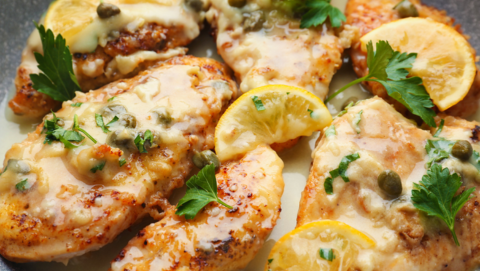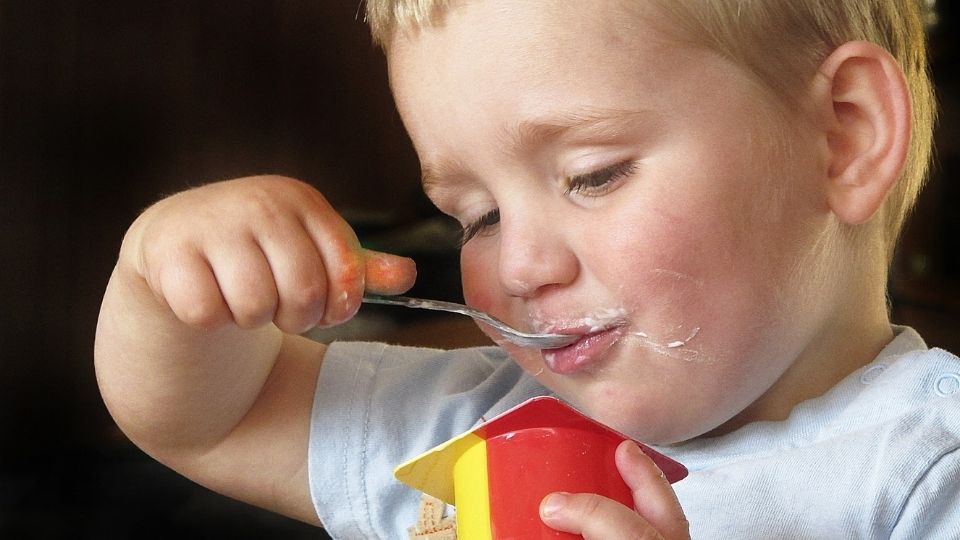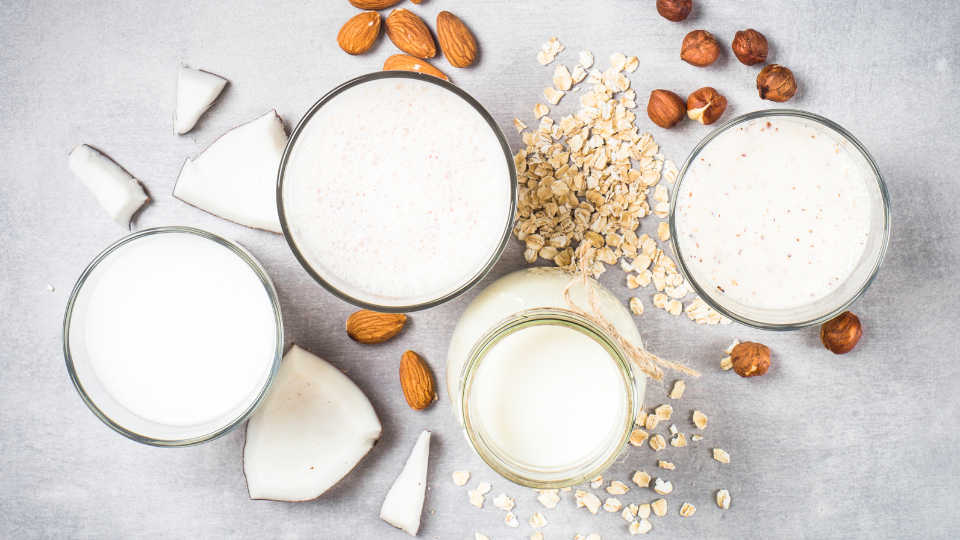Fruit and Vegetable Guide Series: Lemons

Availability: Lemons can be found year-round in supermarkets; however they are most plentiful and flavorful in the winter months. Lemons grow best in warm environments, such as California and Florida.
Eating: Lemons are a fruit that is high in acid, so it is not generally eaten as a whole fruit. Rather lemons are used as a zest, a garnish, or the juice is used to add flavor to a favorite recipe. Lemons can be used with fish and salads, in juices, cooking, baking, and desserts.
Selecting: For best quality in selecting lemons, choose lemons that are firm and have a bright yellow color. Lemons are the best if they have a shiny thin skin and are heavy for their size. A heavier lemon typically has more juice and flavor then a light airy lemon. Thin-skinned lemons generally have more juice.
Avoid: Avoid a lemon that is soft, spongy, wrinkled or has bumpy, rough or hard skin. Coarse, thick skinned and light lemons will have less juice.
Two Varieties of Lemons:
- Acid: Eurekas and Lisbons
- Grown commercially
- Sweet: Grown mainly by home gardeners
- The trees bloom continuously all year and can produce 500 to 600 lemons a year.
Cleaning and Preparing: Wash the skin so that any dirt or bacteria residing on the surface will not be transferred to the fruits interior.
Lemons are often called for in a recipe in the form of juice. A lemon will produce more juice when warm. For best results juice lemons when they have been sitting at room temperature. Cut the lemon in half horizontally through the center. The juice can be extracted in a variety of ways. You can either use a juicer, reamer, or do it the old-fashioned way, squeezing by hand.
Storing: Lemons can be stored at room temperature for about 2 weeks. They will keep for about 6 weeks in a plastic bag in the refrigerator. Use lemons as quickly as possible after cutting.
 Cooking: Lemons can be used in a variety of dishes for extra flavor. Freshly squeezed lemon juice is great in fresh salsas, marinades for meats and vegetables, in salads and in drinks. Lemons are often used raw, but may be found in baked and grilled dishes.
Cooking: Lemons can be used in a variety of dishes for extra flavor. Freshly squeezed lemon juice is great in fresh salsas, marinades for meats and vegetables, in salads and in drinks. Lemons are often used raw, but may be found in baked and grilled dishes.
Garnish: Slice the lemon in half and then slice into several sections. This will brighten up a dish and make it fun!
Dried Zest: If a recipe calls for lemon zest, use a zester, paring knife or vegetable peeler to remove the zest, which is the colored part of the peel. Make sure not to remove the white pith underneath, as it is bitter and should not be used. The zest can then be more finely chopped or diced as necessary.
Tips:
- Use lemon juice on apples and avocados to prevent browning after they are sliced. Lemon juice can remove odors from hands, pots and pans by rubbing them with a cut lemon and then washing.
- To get the most juice from a lemon, bring the fruit to room temperature and then roll on a hard surface while pressing down on the lemon.
Highlighting Nutrition in Lemons: Lemons are a citrus fruit, and therefore high in vitamin C.
Preserving Lemons: The best way to preserve lemons is by juicing them and storing the fruit. To do this you’ll need to cut and juice lemons. Put fresh squeezed lemon juice in ice cube trays and freeze. When fully frozen store cubes in a plastic bag in the freezer.
The lemon peel (zest) can be preserved by grating the yellow skin and drying. Dried lemon zest should be stored in a cool and dry place in an airtight container.
References
- https://fdc.nal.usda.gov/fdc-app.html#/food-details/167747/nutrients
- https://snaped.fns.usda.gov/resources/nutrition-education-materials/seasonal-produce-guide/lemons
- https://today.oregonstate.edu/news/pucker-it%E2%80%99s-time-talk-lemons
Susan Hawes, Extension Assistant Professor
Guide Editors: Heidi LeBlanc and Debra Christofferson
Additional Editors: Marie Stosich, Gayla Johnson, Eileen Milligan, Hilari Holmgren, Jenna Dyckman
*This publication is a part of a series created by Create Better Health and Utah State Extension Employees. It has been reviewed and updated to include current evidence-based research and recommendations.
Related Nutrition Articles






